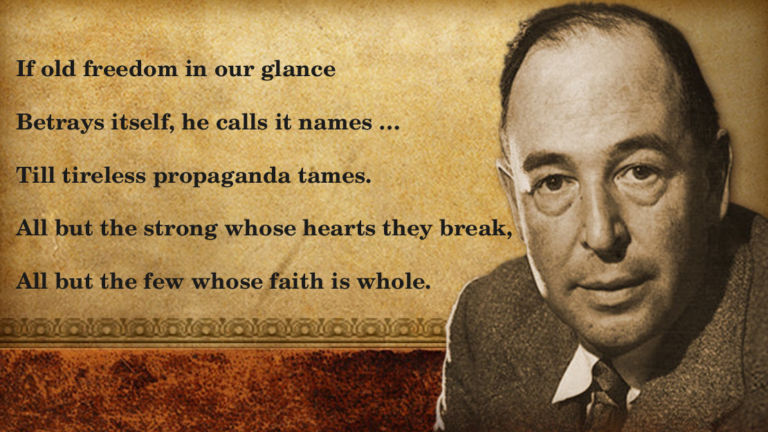David French of National Review Online highlights the recent debate over firearms created with 3D printers.
One of the most bizarre aspects of the modern gun debate is the extent to which it is still dominated by ignorance and misinformation. One of the most important controversies in American public life rages on, yet media gatekeepers and all too many politicians simply don’t know the most basic facts. They don’t understand the most basic constitutional issues. Even worse, many of them don’t seem to care.
If you pay attention to the news, you know that the Internet is blowing up right now with claims that the Trump administration is “now” “permitting” individuals to share plans for 3D-printed guns, and that this move will “now” allow Americans to make guns at home — including plastic guns of the sort that can be used to penetrate airport and school security. …
… [P]eople have been making homemade guns since before the founding of the Republic. You don’t need a license to make a gun for personal use; you need one only if you make a gun for sale or distribution. Guns can be made at home easily and cheaply. Home manufacture is common (I’m close to someone who makes better ARs than any manufacturer). Oh, and technology for “undetectable” guns existed long before 3D printing — hence the need for the Undetectable Firearms Act.
What did the Trump administration actually do? Simply put, it entered into a settlement agreement that permitted the plaintiffs to post their designs and required the government to issue a letter indicating that the designs were not subject to the licensing requirements set forth by the International Traffic in Arms Regulations. It did not alter in any way the underlying statutory or regulatory laws governing the manufacture, use, or possession of firearms.


